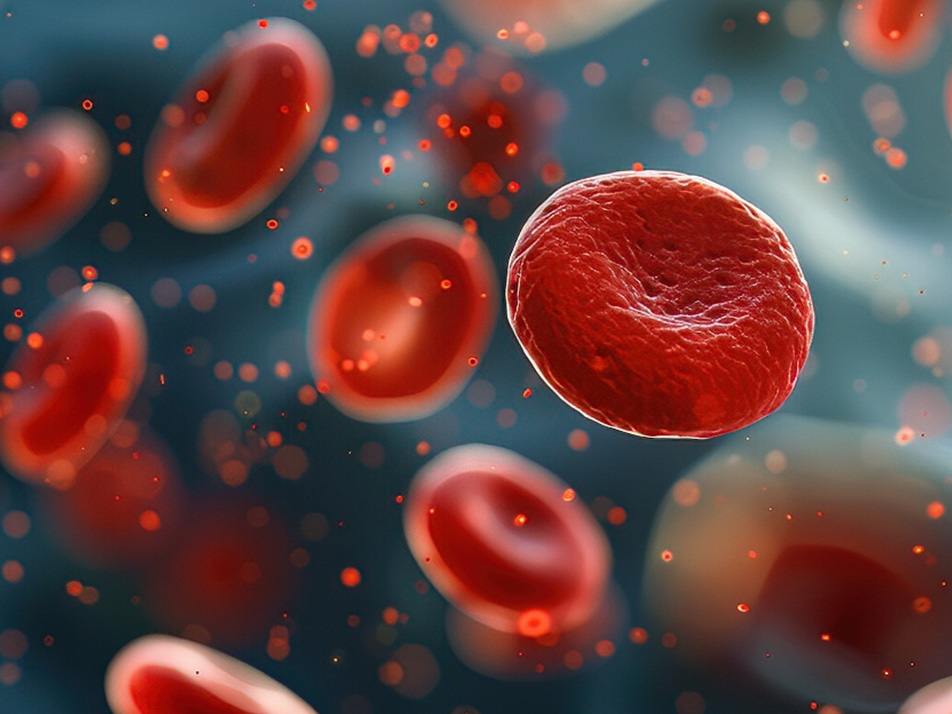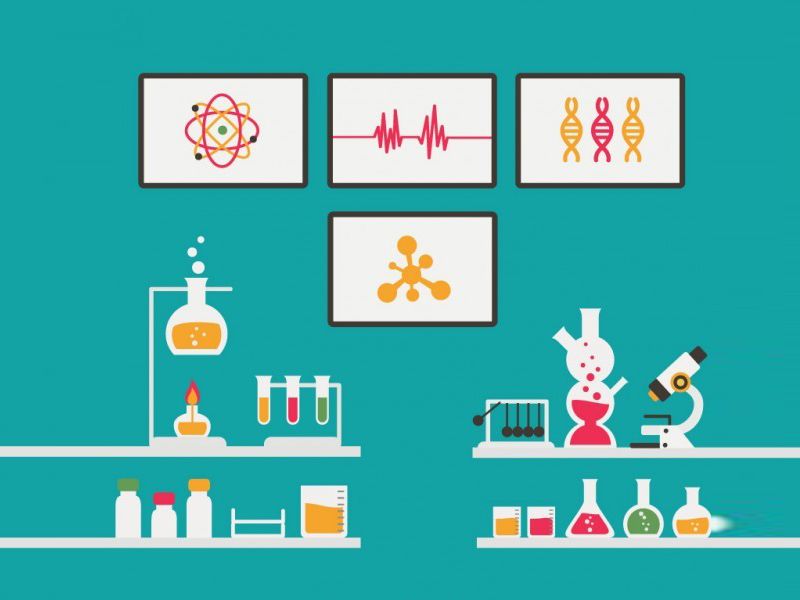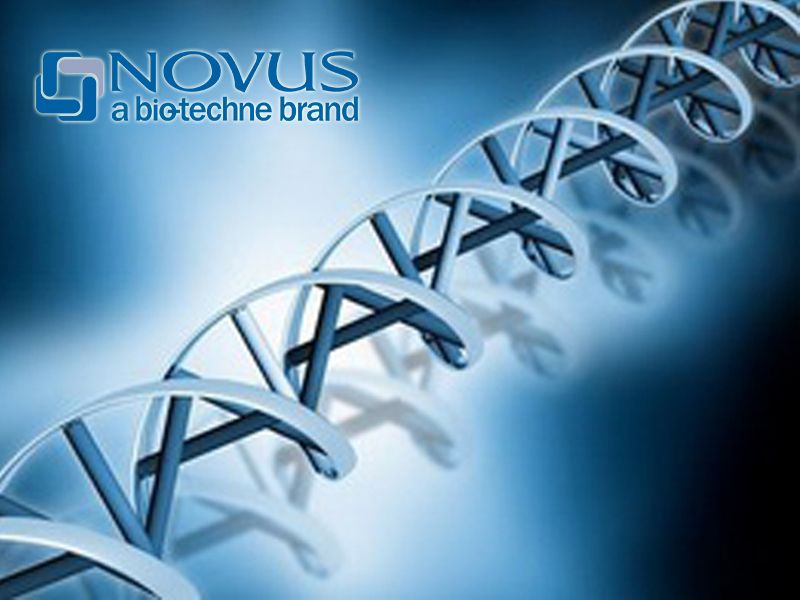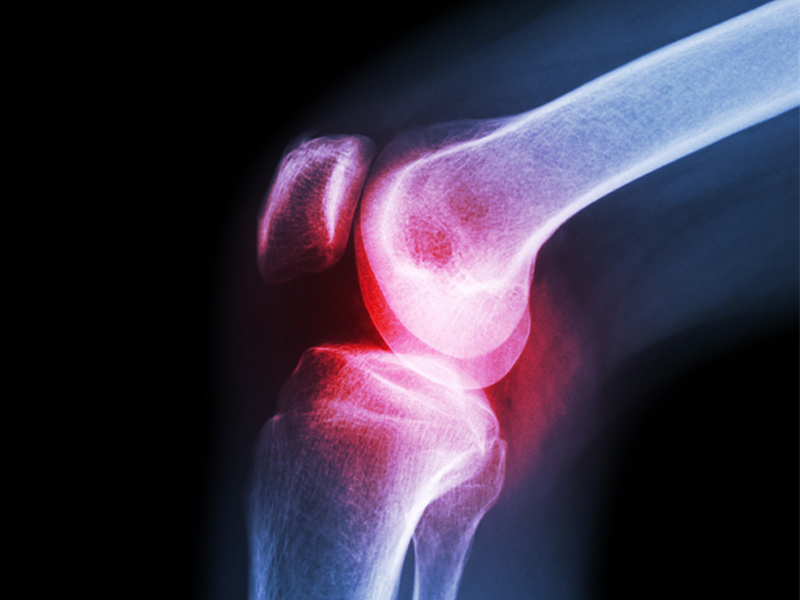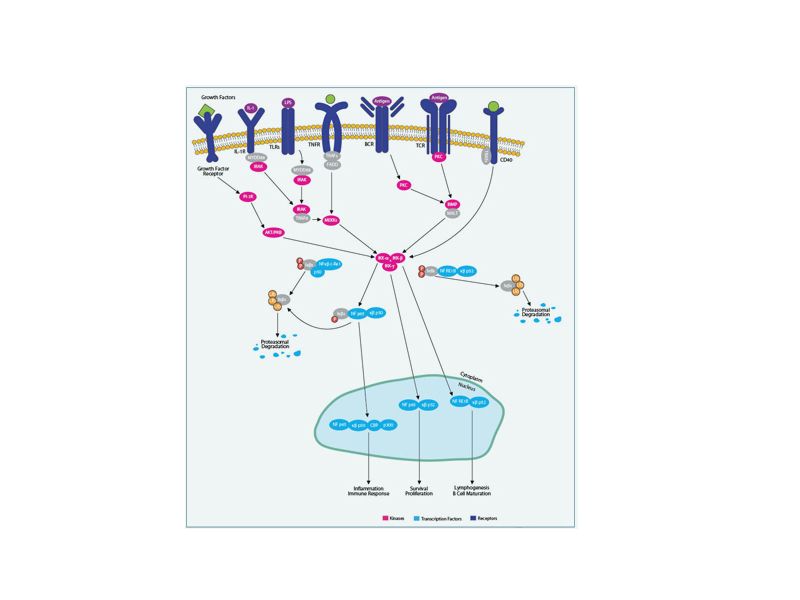文章目录[隐藏]

人胚胎干细胞(hESCs)是多能细胞,可分化成各种细胞类型。最初hESCs是利用机械解离的方法来分离和传代,但在诱导和维持时会产生很多差异。为维持高质量的hESC,必须通过观察、手动筛选和传代健康的、形态上未分化的克隆(或者将分化的克隆去除)。近年来一种自动的方法推荐用于hESC的机械解离传代,但需要特定的仪器,且数代后hESC的多能性没有报道。
下游的很多实验都要求将hESCs制备成单细胞,如流式、高通量筛选等。然而相比于鼠科的ESCs,hESCs很可能因为物理损伤而限制了其存活和扩增。近来报道了利用胰酶消化将17种细胞系分离培养,然而这些hEScs却是以小的细胞团而不是单细胞进行增殖。同时胰酶消化使hESCs在最初的5-10代的铺板率显著下降(<3%),增殖后的hESCs在30代后往往会出现核型异常。 而Accutase酶则与胰酶消化不同,并不会显著影响hESCs解离为单个细胞后的铺板效率。利用转染入Oct4-eGFP的hESC表明,与胶原酶消化相比,每一代细胞都保持了更高比例的Oct4-eGFP阳性细胞。Accutase酶处理后的hESCs可生长成单层,仍然维持其多能性。这些细胞也不需要人工筛选出未分化的克隆,可作为常规的细胞培养技术在实验室中应用。 Accutase酶具有以下无可比拟的优势:
- 温和快速高效地消化细胞,而不会破坏抗原表位影响流式分析(图1,2)
- 消化hESCs更加温和,且保持其未分化状态(图3,4)
- 保持细胞最大的活力
- 最高的铺板效率
- 无需洗涤或中和,加入培养基即可使Accutase酶失活,节省时间
- 同时具备蛋白酶和溶胶原活性,适合大部分细胞,应用更广泛
- 可用于组织解离,进行原代细胞培养
- 价格低,即用型,严格质控
- 无需分装,4℃可稳定保存2个月,-20℃可稳定保存2年
 |
图1、细胞消化。Accutase酶处理人MG63纤维肉瘤细胞,细胞快速脱落,消化为单个细胞,且具有高活力。即使处理45min后,细胞活力仍达到97±3%。 |
| 图2、 消化前后的比较。Accutase处理前,细胞呈单层贴壁(左图);Accutase酶处理后,显微镜下观察不到细胞,说明消化得很彻底。 |  |
 |
图3、Accutase酶消化后的hESC冻存后复苏,可以得到更高的得率和活力。hESC培养于Invitorgen的Stempro hESC Serum and Freeder Free Mdia (SFM)中,经Accutase酶或胶原酶消化后,在相同条件下冻存。2周后复苏接种,一天后用Countess automated cell counter计数复苏的细胞总数和活细胞数量。 |
| 图4、 Accutase酶处理的hESCs仍然维持高水平的未分化状态。A: 比较Accutase酶和胶原酶处理的克隆,大部分Accutase酶处理的细胞(上排)呈现一致未分化的圆形克隆形态,而胶原酶处理的细胞(下排)显示出部分分化迹象。B: 通过形态和Oct-4-eGFP联合计数Accutase和胶原酶处理的细胞中未分化的克隆的数量。在第9-11代细胞中计数7个视野中未分化克隆与总克隆的比例。C: 流式分析Accutase酶处理后第10天和胶原酶处理后第7天的hESCs中eGFP荧光信号。在7-AAD阴性的活细胞中,eGFP阳性细胞在胶原酶和Accutase酶处理后的hESCs中分别为70%和91%。(数据来源:Bajpai R., Lesperance J., Kim M., et al. Efficient propagation of single cells accutase-dissociated human embryonic stem cells. Mol Reprod Dev. 2008, 75(5): 818-27) | |
 |
 |
 |
|
已在以下细胞中得到验证:
成纤维细胞、角蛋白细胞、血管内皮细胞、肝细胞、血管平滑肌细胞、肝细胞前体细胞、原代鸡胚神经元细胞、骨髓干细胞、CHO和BHK贴壁细胞、巨噬细胞、293细胞、L929细胞、永生小鼠生殖细胞、3T3、Vero、COS、HeLa、NT2、MG63、M24和A375转移性黑素瘤、神经胶质瘤U251和D54、HT1080纤维肉瘤细胞和Sf9昆虫细胞等。
即使您的细胞不在列举之列,不妨也可以尝试一下
听听研究者是如何评价的吧!

-


- AT001 7 Citations
- FCM
Accutase Enzyme (Accutase 酶) 100mL
- ¥800.00
部分引用文献列表:
1. Grant A., Palzer S., Hartnett C., et al. A cell-detachment solution can reduce background staining in the ELISPOT assay. Mothods Mol Biol. 2005, 302: 87 – 94.
2. Lamerato-Kozicki AR., Helm KM., Jubala CM., et al. Canine hemangiosarcoma originates from hematopoietic precursors with potential for endothelial differentiation. Exp Hematol. 2006, 34(7): 870 – 8.
3. Richards GR., Smith AJ., Cuddon P., et al. The JAK3 inhibitor WHI-P154 prevents PDGF-evoked process outgrowth in human neural precursor cells. J Neurochem. 2006, 97(1): 201 – 10.
4. Widera D., Mikenberg I., Kaus A., et al. Nuclear Factor-kappaB controls the reaggregation of 3D neurosphere cultures in vitro. Eur Cell Mater. 2006, 11: 76 – 84.
5. Pfeifer K., Vroemen M., Caioni M., et al. Autologous adult rodent neural progenitor cell transplantation represents a feasible strategy to promote structural repair in the chronically injured spinal cord. Regen Med. 2006, 1(2): 255 - 66.
6. Waters CM., Saatian B., Moughal NA., et al. Integrin signalling regulates the nuclear localization and function of the lysophosphatidic acid receptor-1 (LPA1) in mammalian cells. Biochem J. 2006, 398(1): 55 - 62.
7. Schleicher U., Hesse A., Bogdan C.. Minute numbers of contaminant CD8+ T cells or CD11b+CD11c+ NK cells are the source of IFN-gamma in IL-12/IL-18-stimulated mouse macrophage populations. Blood. 2005, 105(3): 1319 - 28.
8. Noguchi H., Nakai Y., Matsumoto S., et al. Cell permeable peptide of JNK inhibitor prevents islet apoptosis immediately after isolation and improves islet graft function. Am J Transplant. 2005, 5(8): 1848 - 55.
9. Ichii H., Pileggi A., Molano RD., et al. Rescue purification maximizes the use of human islet preparations for transplantation. Am J Transplant. 2005, 5(1): 21 - 30.
10. Welsch T., Zschäbitz S., Becker V., et al. Prognostic significance of erythropoietin in pancreatic adenocarcinoma. PLoS One. 2011, 6(8): e23151.
11. Benzing C., Segschneider M., Leinhaas A., et al. Neural conversion of human embryonic stem cell colonies in the presence of fibroblast growth factor-2. Neuroreport. 2006, 17(16): 1675 - 81.
12. McBride J., Ingram PR., Henriquez FL., et al. Development of colorimetric microtiter plate assay for assessment of antimicrobials against Acanthamoeba. J Clin Microbiol. 2005, 43(2): 629 - 34.
13. Kalluri HS., Vemuganti R., Dempsey RJ.. Lack of response to epidermal growth factor in adult neural progenitor cells. Neuroreport. 2005,16(8): 835 - 8.
14. Phillips RJ., Burdick MD., Hong K., et al. Circulating fibrocytes traffic to the lungs in response to CXCL12 and mediate fibrosis. J Clin Invest. 2004,114(3): 438 - 46.
15. Neidhart M., Zaucke F., von Knoch R., et al. Galectin-3 is induced in rheumatoid arthritis synovial fibroblasts after adhesion to cartilage oligomeric matrix protein. Ann Rheum Dis. 2005,64(3): 419 - 24.
16. Baier PC., Schindehütte J., Thinyane K., et al. Behavioral changes in unilaterally 6-hydroxy-dopamine lesioned rats after transplantation of differentiated mouse embryonic stem cells without morphological integration. Stem Cells. 2004,22(3): 396 - 404.
17. Weikert C., Eppenberger-Eberhardt M., Eppenberger HM.. Cellular engineering of ventricular adult rat cardiomyocytes. Cardiovasc Res. 2003,59(4): 874 - 82.
18. Wachs FP., Couillard-Despres S., Engelhardt M., et al.High efficacy of clonal growth and expansion of adult neural stem cells. Lab Invest. 2003,83(7): 949 - 62.
19. Vroemen M., Aigner L., Winkler J., et al. Adult neural progenitor cell grafts survive after acute spinal cord injury and integrate along axonal pathways. Eur J Neurosci. 2003,18(4):743 - 51.
20. Reichner JS., Fitzpatrick PA., Wakshull E., et al. Receptor-mediated phagocytosis of rat macrophages is regulated differentially for opsonized particles and non-opsonized particles containing beta-glucan. Immunology. 2001,104(2):198 - 206.

